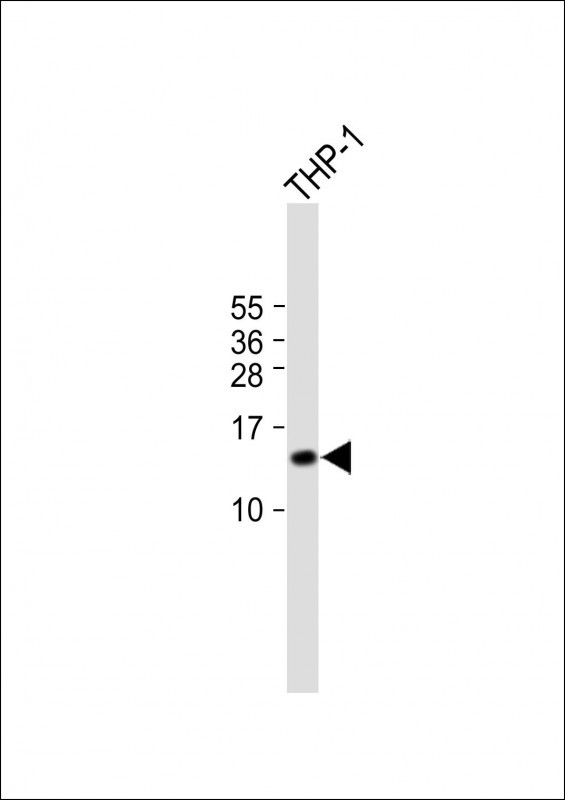

| WB | 咨询技术 | Human,Mouse,Rat |
| IF | 咨询技术 | Human,Mouse,Rat |
| IHC | 咨询技术 | Human,Mouse,Rat |
| ICC | 技术咨询 | Human,Mouse,Rat |
| FCM | 咨询技术 | Human,Mouse,Rat |
| Elisa | 咨询技术 | Human,Mouse,Rat |
| Aliases | Putative uncharacterized protein ST20-AS1 {ECO:0000312|HGNC:HGNC:27521}, ST20 antisense RNA 1 {ECO:0000312|HGNC:HGNC:27521}, ST20 antisense gene protein 1, ST20-AS1 (HGNC:27521) |
| WB Predicted band size | 13.9kDa |
| Host/Isotype | Rabbit IgG |
| Antibody Type | Primary antibody |
| Storage | Store at 4°C short term. Aliquot and store at -20°C long term. Avoid freeze/thaw cycles. |
| Species Reactivity | Human |
| Immunogen | This C15orf37 antibody is generated from rabbits immunized with a KLH conjugated synthetic peptide between 82-110 amino acids from the C-terminal region of human C15orf37. |
| Formulation | Purified antibody in PBS with 0.05% sodium azide. |
+ +
以下是3篇与C15orf37(或称CABYR)抗体相关的文献摘要概览:
---
1. **文献名称**: *CABYR is a novel cancer/testis antigen in lung cancer*
**作者**: Wang Y. et al. (2013)
**摘要**: 该研究首次证明C15orf37(CABYR)在肺癌细胞中高表达,并利用特异性抗体验证其在肺癌组织中的定位。研究发现CABYR可能通过调控钙信号通路促进肿瘤进展。
---
2. **文献名称**: *Characterization of CABYR antibody for detecting human sperm fibrous sheath*
**作者**: Li W. et al. (2016)
**摘要**: 研究开发了一种针对CABYR蛋白的多克隆抗体,通过免疫荧光和Western blot证实其在人类精子纤维鞘中的特异性表达,为男性不育症研究提供工具。
---
3. **文献名称**: *CABYR interacts with AKAP3 in human spermatogenesis*
**作者**: Liu M. et al. (2018)
**摘要**: 使用C15orf37抗体进行共免疫沉淀实验,发现CABYR与AKAP3在精子形成中的相互作用,揭示了其在精子形态发生中的潜在功能。
---
注:C15orf37研究相对较少,部分文献可能以别名(如CABYR)发表,建议结合基因别名扩大检索范围。
×